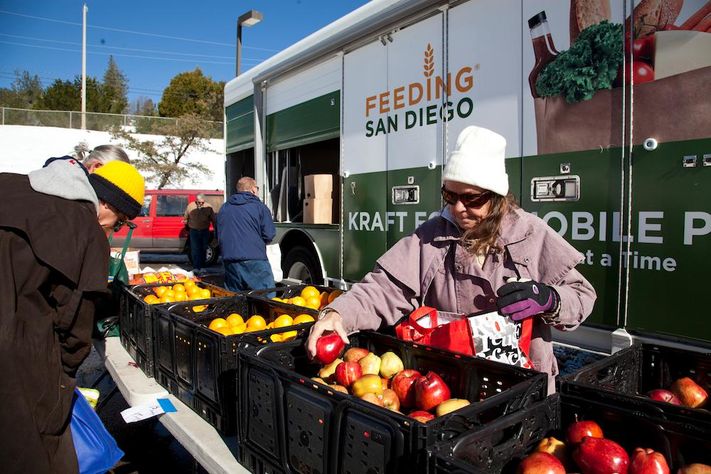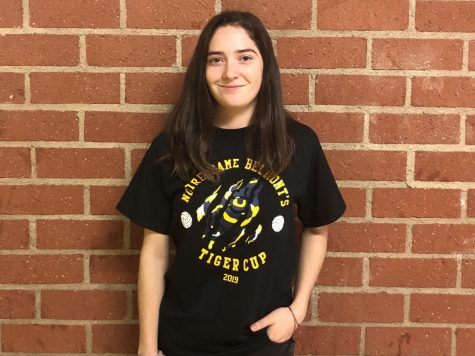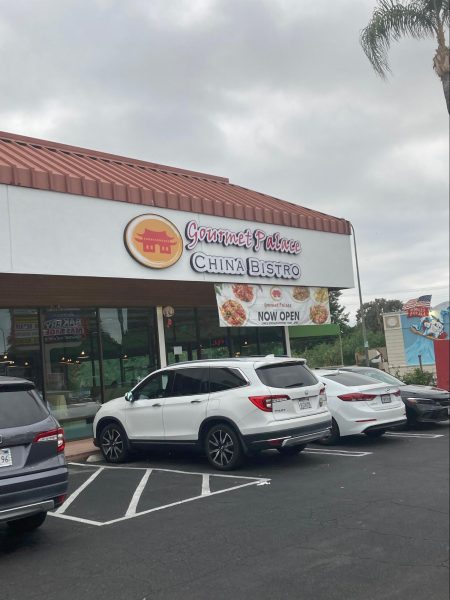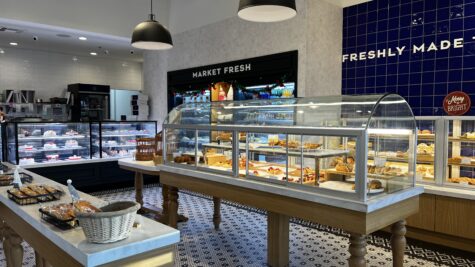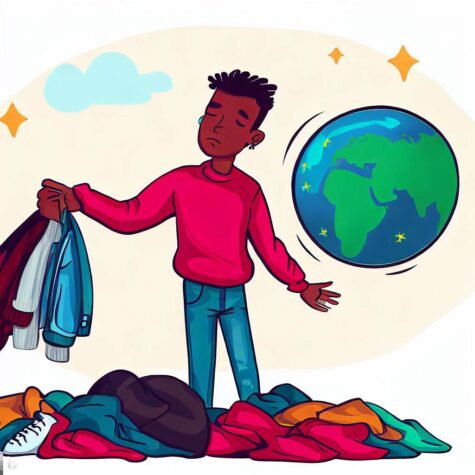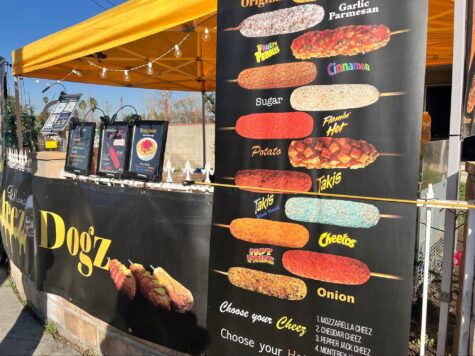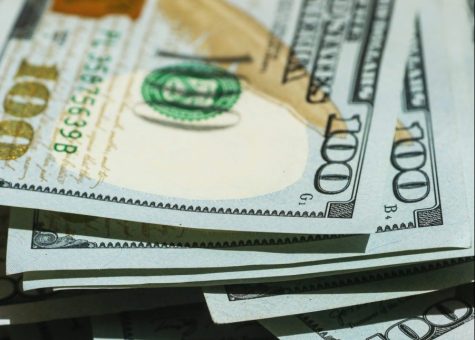Used Food, New Currency
May 6, 2020
The nonprofit organization Feeding America networks food banks from all around the country. They get large donations of food and decide where it is needed most. The organization feeds 46 million people through soup kitchens, shelters, and other community-based providers. Although it is a very noble charity that helps millions of people all around the nation, there was a flaw in the way they did things which often resulted in issues with the food banks and the food people were receiving. For example, a food banker in Alaska who was in need of fresh produce, received a large amount of pickles because it was one of the first things Feeding American thought would make it to Alaska. Meanwhile, a food banker in Idaho received a truckload of potatoes, which he already had plenty of from local farmers. For a while, food bankers just had to live with the problem that some food banks would get a lot of something they don’t want or need while other locations are in need of it.
But when a new CEO started overseeing Feeding America, she noticed the flaw in the system and wanted to create a new one to help banks get the food they need. First, she got together with a group of food bank directors to meet and nail down what the problem was so they could fix it. After discussing all the flaws of how the organization allotted food, the group realized that the problem was that someone was deciding what food goes where without full knowledge of what individual food banks need. They don’t know the local donation supply, inventory, current fundraising, or transportation already arranged for each food bank. Once they figured out the heart of the issue, they decided it was an economic problem. There needed to be a market where buyers and sellers come together because prices show how different people (or food banks) value different items.
Some food banks didn’t like the new idea of a food market. There have been instances where the markets are unfair and benefit the richer and more powerful communities, while poor people continue to suffer. Additionally, a market seemed contrary to the point of food banks, a place where food is given away for free to hungry people. The group of food bank directors had difficulty figuring out how to create a market that would work… if they decided that was their solution. It wasn’t like Feeding America could sell food to the local food banks. Food banks in poor areas often have the hardest time raising money from local donors because they are in low socioeconomic areas.
The solution came when Feeding America decided to create their own little economy and allot fake money to the food banks which they could use to buy food.
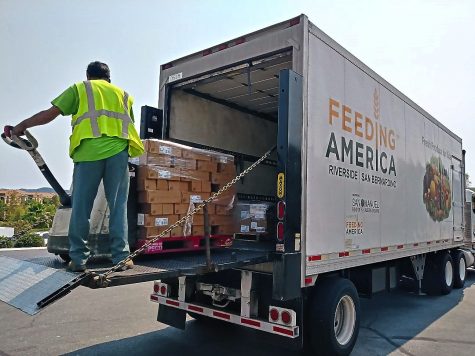
Feeding America Riverside | San Bernardino has received a donation from
the Enterprise Rent-A-Car Foundation. (Courtesy of Feeding America Riverside | San Bernardino)
Feeding America created a whole new system to make it fairer for everyone. In this system, food banks are given “shares” every day and can decide how and when they want to spend their fake money. All of the food that is donated to the organization is presented on an online platform similar to ebay, and all the prices are set by auctions. This way the food that will be transported is decided at the food banks, and how much you want is based on how much you bid on it. The system was designed so people can’t actually see what other food banks are bidding. This made it so people couldn’t just wait until the last minute to bid one more fake dollar to get what they wanted. The sealed bid auction is engineered so they put numbers in and see if they won once the auction is over.
It is quite interesting how they created their own economic system that caters to everyone and changes the value of products. For items that are really unpopular, such as pickles, food banks don’t want to have to pay to truck it in and they don’t want to find a place to store it, so food banks can actually bid negative shares. Furthermore, some items are so unpopular that food banks can actually get paid (in fake money) to take them. Then other items like cereal that are very popular are worth a lot more. Food bank directors may actually decide to save their “shares” for weeks just to win an auction on those foods. While some food banks are in bidding wars over cereal, some (who have been coined bottom feeders) go for all the foods others usually ignore and are cheap in fake money and are able to get a lot more food than they were getting before the market was created. One way value is placed on foods is dependent on how long it lasts, which makes dairy much less popular than things like peanut butter and cereal.
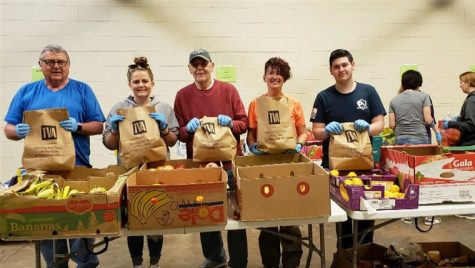
After the realization that a market should be created, almost all of the problems food banks had regarding the food they were getting from Feeding America were solved. It benefited everyone and was fair. The biggest question during the creation of this was deciding how much fake money each food bank should get, so it was based on a formula and how many hungry people they fed. This new system has shown to be much more successful and likable by all parties than how it was in the past.


